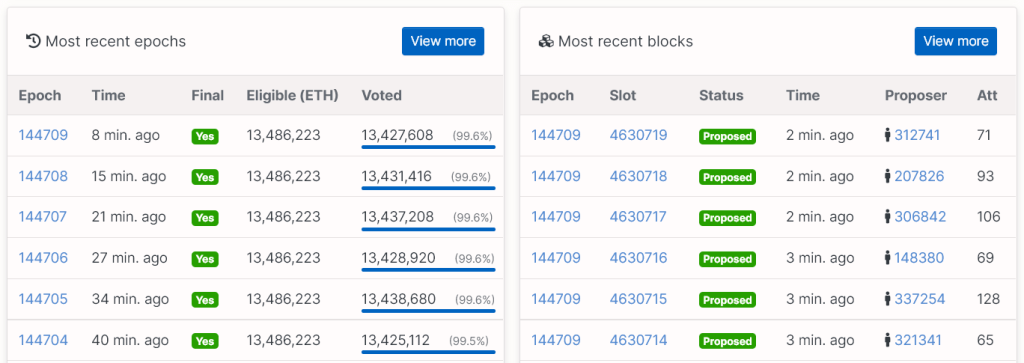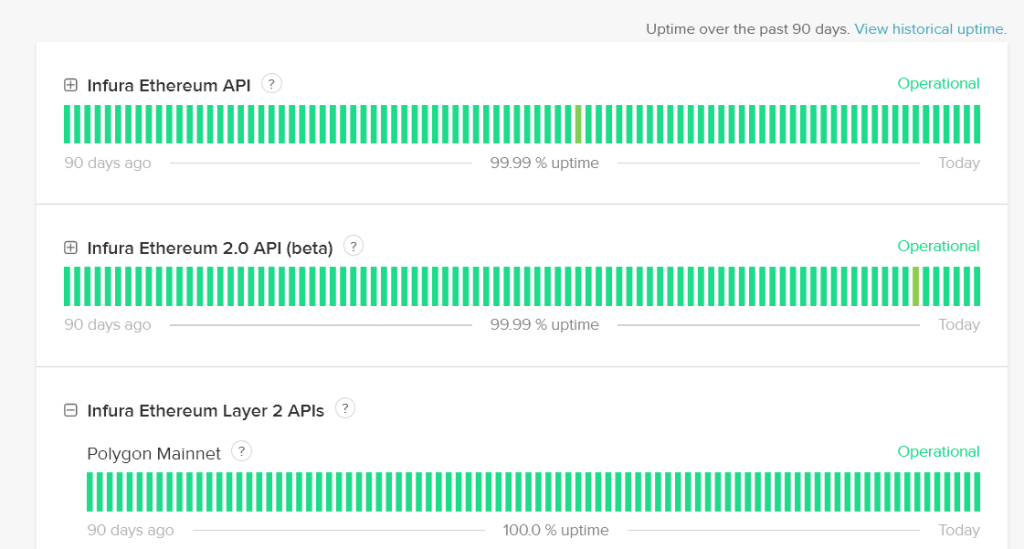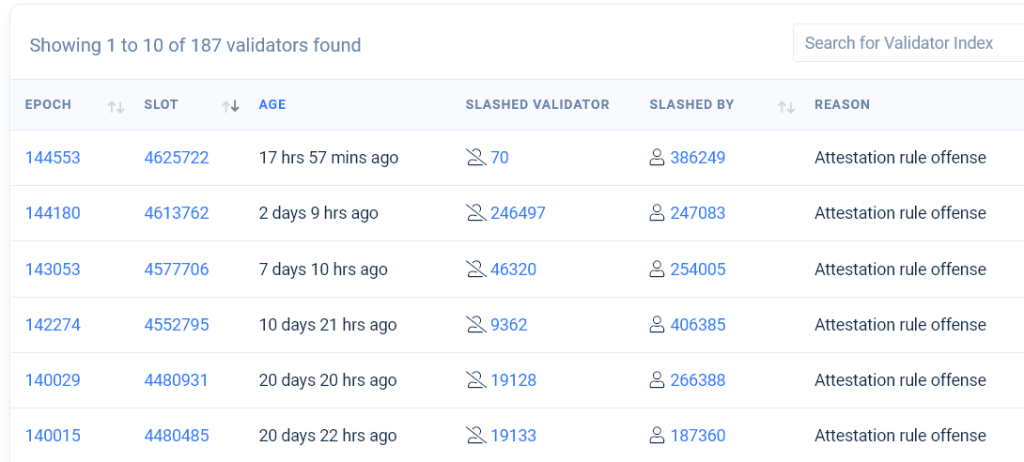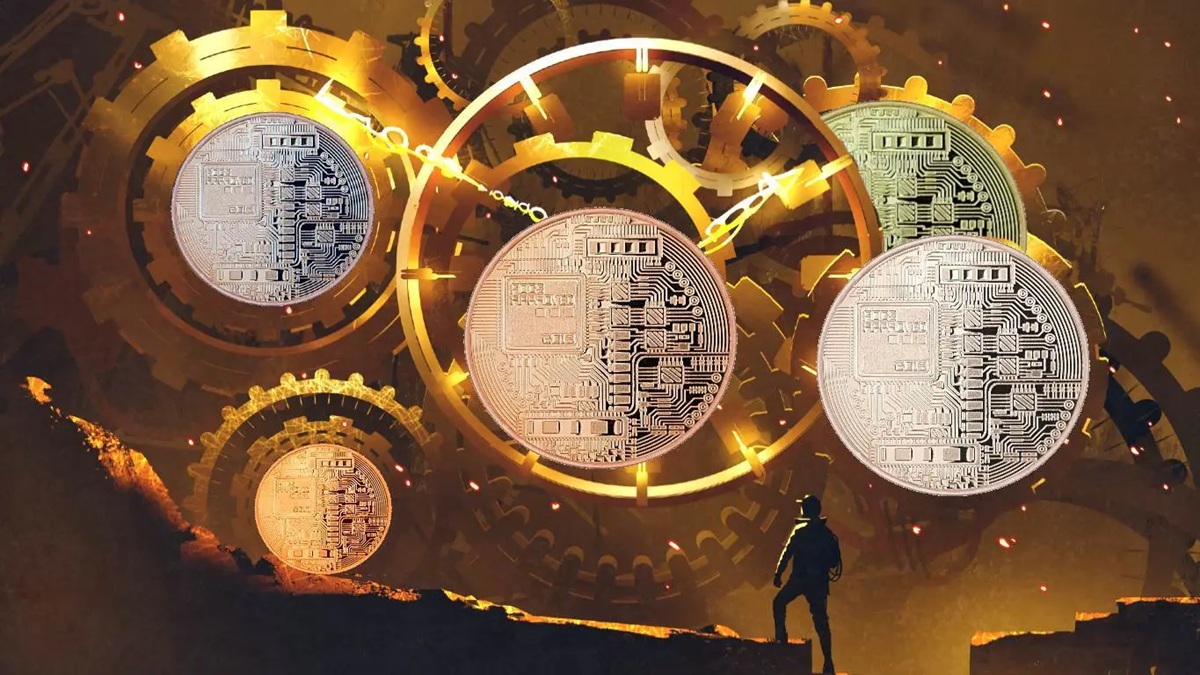Ethereum Merge is fast approaching. Crypto expert Marcel Pechman says those whose assets are at stake should look out for these 3 signs during Merge.
Ethereum Merge is approaching
After Merge, Ethereum will move to a fully functional proof-of-stake (PoS) network. However, moving an asset with a market cap of $193 billion and 400 DApps is not easy. It is necessary not to ignore the risk and effort required for this. That’s why it’s so important to monitor vital network conditions for anyone wishing to trade the event scheduled for September 14, according to ethernodes.org. More importantly, traders need to be prepared to spot alarming developments in case things go wrong.
There is a total value of $34.2 billion locked in smart contracts. Besides, Beacon Chain has another $5.3 billion stake in Ether (ETH). The network is currently used by many tokens, oracle providers, stablecoins, layer-2 scalability solutions, synthetic assets, Non Fungible Tokens (NFT), DApps, and cross-chain bridges. This partly explains why Merge has been delayed multiple times over the years. It also explains why it’s the most significant upgrade in the network’s history.

cryptocoin.com For this reason, the Ethereum team conducted three different test-nets. There have been minor issues with all test-net implementations, including Ropsten and Sepolia, with the latest Goerli on August 11th. For example, Ethereum developer Marius van der Wijden noted that “two different terminal blocks and a large number of unupdated nodes slowed the process down a bit.”
The essence of any Blockchain network is its blocks.
It doesn’t matter what the consensus mechanism is. All Blockchains are based on proposed and approved new blocks. There are built-in block parameters that network participants must follow even to consider. In Ethereum Merge, a period is a packet of 32 blocks that must be confirmed within six and a half minutes. It is important to actively monitor the Eth2 Beacon Chain main-net from reputable sources such as BeaconScan by Etherscan and Ethscan ETH2 Explorer by Redot.
 Ethereum Beacon Chain periods and blocks / Source: EtherScan
Ethereum Beacon Chain periods and blocks / Source: EtherScanRed flags on this monitor will be low voting turnout in periods, lack of precision after thirteen minutes (2 periods), or grinding halt on proposed blocks.
Monitoring Infura’s Ethereum 2.0 API
Infura provides infrastructure to build decentralized applications. In this way, it allows developers to deploy their solutions without hosting their own full Ethereum nodes. The company is wholly owned by Ethereum venture capital group ConsenSys, which is controlled by Joseph Lubin. According to Infura’s website, projects based on its infrastructure include Uniswap, Compound, Maker, Gnosis, Brave, Decentraland and Web3 wallet provider MetaMask.
 Infura API status page / Source: Infura
Infura API status page / Source: InfuraSo, monitoring Infura’s API is a good starting point to evaluate the performance of DApps. Additionally, considering how closely Infura is connected to the Ethereum ecosystem, its status pages reliably show real-time updates.
Slashings, are validators penalized?
The Ethereum Merge consensus mechanism has penalty rules designed to prevent attacks. Any validator that deliberately behaves inappropriately will be disconnected. In other words, some of the 32 ETH shares involved are being removed. Repeating slashes eventually cause the validator to be removed from the network. Staking providers and authenticator software have built-in protection to prevent someone from accidentally disconnecting, for example, when they disconnect.
 Truncated verifier information / Source: BeaconScan
Truncated verifier information / Source: BeaconScanInvestors need to understand that hacking is a standard action of the network, a protective measure. Therefore, it is important that they do not immediately accept it as a negative. It is a cause for concern if hundreds of validators are dropped simultaneously, potentially indicating that their software is not working as it should.
There are over 410,000 active validators. So even if 20% or 30% of them eventually go offline, the network will continue as designed. Tracing the slash indicates that some service, such as a hosting provider, is off-line, or that some incompatibility has arisen during Merge. This is a preventive measure.
Ethereum advocates should consider monitoring external data rather than just their own nodes and servers. Delays or even false warning signs are possible. That’s why it’s important to use more than one source of information. Because it’s possible to be misled by data from a single website or a post on social networks.





